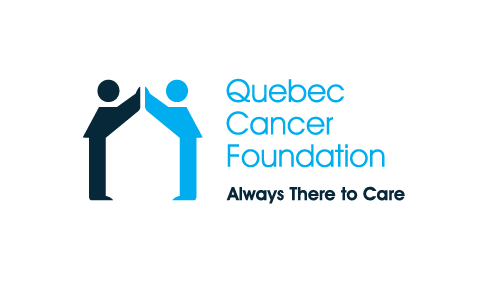Your hair
Before starting your cancer treatments, you could opt for a short haircut. This could help make losing your hair a little less stressful.
It is very important not to use chemical or permanent hair colour if you are receiving chemotherapy because you might have an allergic reaction. Vegetable dyes, however, are tolerated.
Use a mild shampoo and conditioner for a scalp weakened by cancer treatments. It is also recommended not to rub your hair; comb it gently and let it dry in the open air if possible.
Once your hair has fallen out , it will begin to grow back after a period of three to six months, but each case is different.
Wigs
When should you buy a wig?
To avoid unnecessary expense, it is best to wait for confirmation from the oncologist about whether you are likely to lose your hair. If you want to buy a wig, make an appointment as soon as possible with a professional so that she knows what your hairstyle was like before the hair loss. You could also show her a photo.
How to choose your wig?
Synthetic wigs are less expensive, easier to groom and more comfortable to wear than those made of real hair. Since the hair loss is often temporary, a synthetic wig is often preferable to a natural hair wig. A short hair prosthesis generally looks more natural and more flattering than long hair on most women. It is best to choose a wig that you like, avoid radical changes and make sure it is comfortable.
How much does a wig cost?
Synthetic: between $350 and $700
Natural hair: $700 and up.
Where can I buy a wig?

Stores or professionals specializing in hair prostheses can provide you with useful advice and ensure a proper fit.
The Quebec Cancer Foundation has a wig rental service at minimal cost in Quebec City and Lévis, and the Info-Cancer Line (1-800-363-0063) has their Resource directory — across the province — and can direct you to a location near you that sells or loans wigs.
Some precautions to take…
- Avoid sources of heat at all costs!
- Avoid placing the wig on a polystyrene head when you are not wearing it; place it on a specially made wig stand.
- A synthetic hair prosthesis requires little maintenance, except for washing with a shampoo specially designed for the fibre. You can restore the styling in a few brush strokes.
- If you purchased your wig, you can donate it to the Quebec Cancer Foundation when you no longer need it, so that someone else can benefit from it.
Headscarves
Headscarves are a great alternative if you don’t want to wear a wig. For special occasions, you can choose very chic ones, clip on a brooch or put ribbons all around. Several tutorials are available on the Web showing you how to tie a headscarf in many different ways. Choose one that suits you!
Skin care
Sunscreen is essential year round, since the treatments increase the sensitivity of your skin.
A good regular moisturizer is also strongly recommended. Also recommended are mild hypoallergenic products for sensitive skin, without perfume. If you are receiving radiation treatment, it is advisable to get your doctor’s approval before using any skincare product.
Makeup tips
To improve your complexion, regular use of a self-tanning product can be very effective.
Put together a small makeup bag with products suited to your weakened skin: a moisturizing foundation, a concealer, an eyebrow pencil and eye shadow to add a little sparkle, a light blush to add roundness to your cheeks, or a dark blush to make them slimmer, and lipstick or gloss to add a touch of color.
Fashion advice
Choose colorful clothes! This will help improve your mood. Blue and green might soothe you, but red, yellow or purple will give you energy.
Beauty Resources
To support and equip women with cancer, the Quebec Cancer Foundation offers the Look Good Feel Better workshops in Quebec City, Sherbrooke and Gatineau regional centers. For beauty tips, visit the Look Good Feel Better or the Maison du cancer website.



































